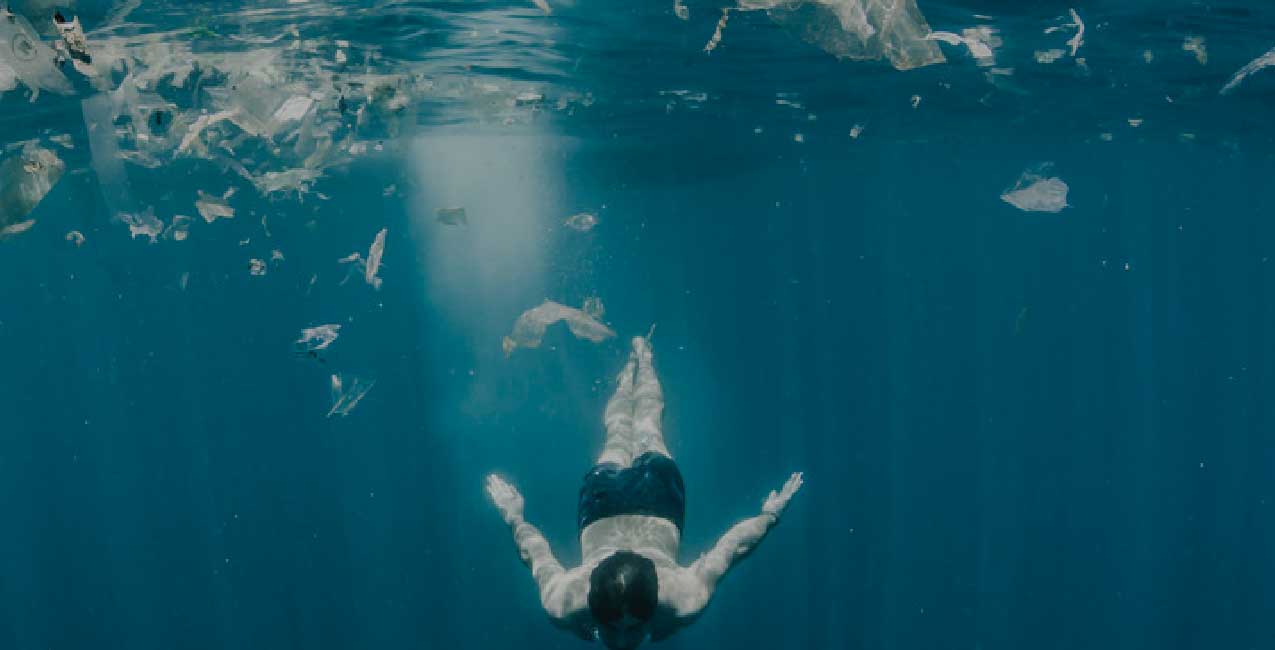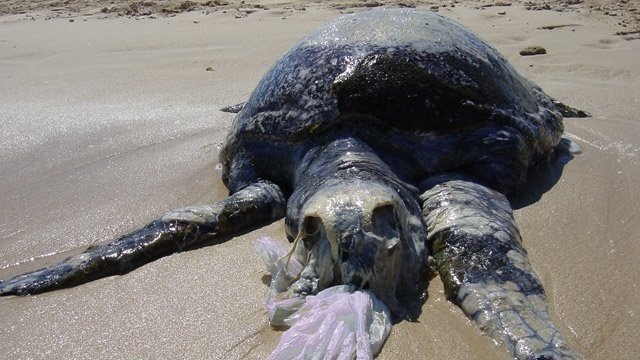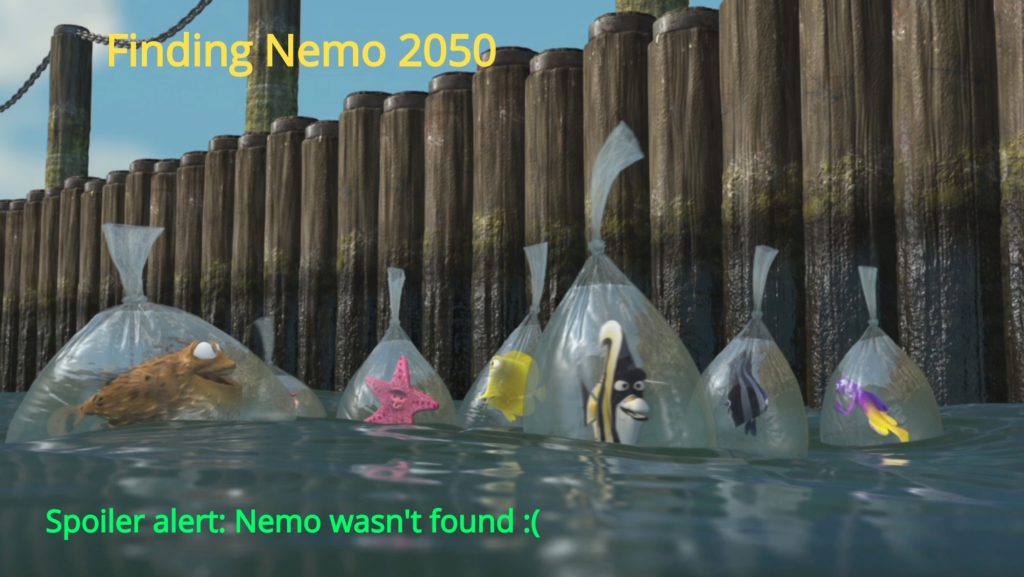- Empty cart.
- Continue Shopping
Trying to quit? Here’s why you should

Psst..We know why you came here. Trying to quit an age old habit. The carcinogenic nature of this malignant little thing that is much talked about in media is a major threat to you and everyone around.
No, we are not talking about how to quit smoking. We are talking about why plastic ain’t fantastic. Using plastic has been an age old practice with shopkeepers casually rolling out a bag or two at the supermarket without even realizing the harm it can cause to the environment.
“ What’s the big deal? We’ve been using plastic since forever now, what’s the hype? This is a very good question. Since they can’t raise it,

We are glad you did!
The plastic bags we so casually use to carry stuff around, the plastic straws, and water bottles cause a major threat to the marine life. The plastic debris jeopardizes the marine ecosystem killing over 100 million marine animals every year. With the current alarming rate with which we use plastics, 100 million tons of plastic has been estimated to be floating around in oceans across the world, affecting at least 700 marine species.
With the current rate of plastic use, the amount of plastic in oceans is expected to outweigh all the fish in the sea by 2050.
The plastic problem
In the first decade of the 21st century, we made more plastic than all the plastic ever made till 2000. There is not a single square mile of ocean surface on this Earth that is free of plastic. Such a scenario is not a problem, it is but a major crisis.
All of the Earth’s major oceans are inundated with plastic and Pacific has been dubbed as the Great Pacific garbage patch. Plastic is highly durable and the single-use packaging we discard sheds micro-plastic fibers in waters. They take very long to disintegrate making them the number 1 man made thing to be seen in the oceans by sailors. About 15,000 pieces of plastic are dumped into the ocean every year contributing to the rise of dead zones that have reached 200 now, where no living organisms grow.
Marine threats
Every year, thousands of marine animals die a grisly death from ingesting and getting caught in plastic. Plastic garbage is so pervasive in the North Pacific that thousands of fishes die from intestinal injury after consuming plastic. The damage doesn’t stop here. It gets transferred up through the food chain to larger fishes and human sea-food eaters.
Sea turtles mistake plastic for food and choke or suffer an intestinal injury and die. Worse case scenario, these innocent beings starve to death by thinking they are full from plastic. Plastic consumption has been accounted the number one cause of death for seabirds. The ingestion of plastic reduces the storage capacity of the stomach causing sea-birds to starve. The stomach full of plastic found inside the dead sea animals reflects the horrible effects of plastic consumption on our environment.
According to statistics, fatal entanglement has increased by 40% in the last decade. Packing bands have been identified as the most common entangling material leading to endangerment and mortality in sea lions and whales.

If this doesn’t force you to quit, we don’t know what will.
Organizations all around the world are working towards cleaning our oceans. But as an individual, it is our responsibility to do our part. Replace biodegradable bags with plastic bags and make it a habit to recycle used plastic. Small steps can go a long way in saving marine life.







